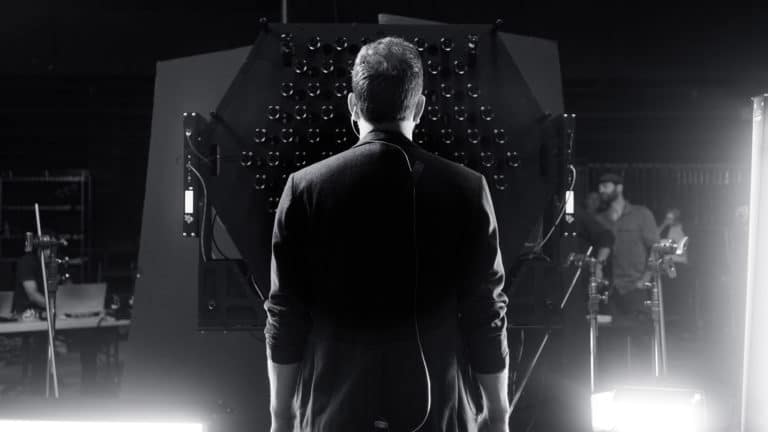
What are lightfields and why are they important? To answer this question we enlisted our friend, lightfield thought leader and Visby CEO Ryan Damm for the latest episode of ARtillry Innovators (video below).
In short, lightfields comprise the light rays all around us — helping define how photons hit our eyes, and how our brains render the physical world. So the art of lightfields in immersive tech like VR and AR is to recreate those natural vantage points in the most accurate ways.
To put that into perspective, if you’re watching a 360 video, you’re seeing one fixed vantage point. Though you can look around with 3 degrees of freedom (3DOF), otherwise known as head tracking, you’re confined to the vantage point that the camera initially shot.
Moving into positional tracking (6DOF), what happens when you then are able to take a step forward? The light rays in that new position are now different. Items in your field of view now have a different relationship to each other and to you: shadows and parallax become dynamic.
https://gfycat.com/HandmadeScratchyCopperbutterfly
So the art of lightfields in VR is to capture and reproduce that realistically. Of course, we already have 6DOF positional tracking and with graphical experiences like games. But the holy grail is for that same volumetric movement but with photorealistic — as opposed to graphical — spaces.
These two approaches — volumetric/polygon versus lightfields — have pros and cons according to Damm. Polygons have a high degree of interactivity for things like games and training simulations. But lightfields are more realistic, especially with key subjects like human faces.
“Both are going to live alongside each other,” he said. “Volumetric is really going to play well in situations where you need interactivity. On the flip side, if it’s more lean back entertainment and someone wants to see something that’s beutiful, lightfields are going to excel at that.”
As for areas of opportunity for lightfield technology, it follows the overall trajectory of AR/VR sectors. In other words, attention is shifting to mobile AR, due to its nearer term opportunity and installed base. That applies equally to Visby and its lightfield data compression technology.
“The new shiny object is mobile AR,” said Damm. “It’s a big deal, and in the span of a few months, we’re looking at hundreds of millions of connected devices that need holographic imaging with ARkit and ARCore. That represents a monstrous change in priorities and milestones for us.”
See the entire interview below and stay tuned for more ARtillry Innovators episodes.
For a deeper dive on AR & VR insights, see ARtillry’s new intelligence subscription, and sign up for the free ARtillry Weekly newsletter.
Disclosure: ARtillry has no financial stake in the companies mentioned in this post, nor received payment for its production. Disclosure and ethics policy can be seen here.
Header image credit: Lytro
